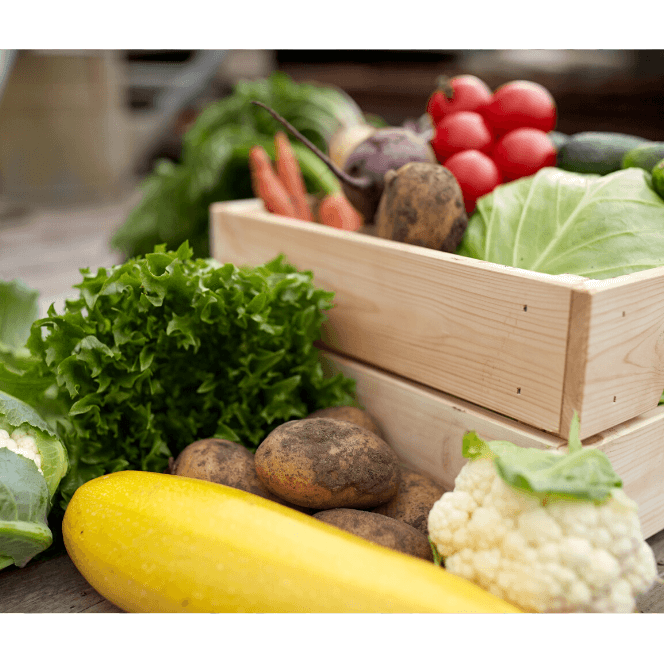As I write this (5 May 2020), I am living in Worcestershire, in the UK. We are still in lockdown. For us, we are now entering the seventh week. Lockdown in the UK means you can only leave the house for food shopping or for medical reasons, leaving the house for work if you are unable to work from home, and for one form of exercise a day.
Sourcing food started as a challenge. Pre-lockdown, there was a large amount of panic buying in the UK, with many shelves stripped bare. This has now started to ease although for those who need to access online delivery slots from supermarkets, this is proving difficult. Online delivery slots are already booked for the next three weeks. This is creating problems for those who are unable to leave their home and usually have their shopping delivered. Having a member of the family who is particularly at risk from Coronavirus means that online deliveries are particularly important for us, so I am aware of how it feels to be unable to access food.
Before the Covid-19 pandemic, our family already had a vegetable box delivery once a week. We chose the vegetables we preferred, so meals were planned in advance. However, this has now changed. The company providing these vegetable boxes saw a huge rise in demand. In order to meet this demand, the vegetable box company had to change and adapt their vegetable boxes. Now we receive a vegetable box with the contents chosen for us. This has actually been a good thing, as it has meant getting creative with meals. It has now become an exciting challenge to decide what to use when, how long vegetables can be kept and stored for, and what dishes to create.
Whilst it is proving difficult to access online deliveries from supermarkets, independent food retailers are proving to be invaluable for many people. My family is receiving a delivery once a week from a farm shop. This consists of essentials such as milk, bread, and eggs along with store cupboard essentials such as tinned tomatoes, pasta, and rice. Whilst the farm shop is providing a valuable service to us, it also shows it is possible to avoid supermarkets and to access a more sustainable food supply. The milk, bread and eggs are all sourced from local producers, so food miles are kept low. The milk and eggs are also produced to the Royal Society for the Prevention of Cruelty to Animals (RSPCA) welfare standards which means farm animals are cared for to a higher welfare level. For me, I prefer this approach to sourcing food, and certainly after the Covid-19 pandemic is over, it will be the way I continue to source food.
Being able to source food means that in our household, preparing, sharing and eating meals has become the highlight of the day. The main meal has become something to look forward to. Rather than the meal being rushed and acting only as a form of nourishment, it now serves as a time for sitting together, eating together and relaxing. As eloquently stated by Poulain (2017, 29, emphasis in original), ‘to cook is to give; to bring pleasure and to share.
Pleasure and sharing are two of the most important aspects of food and food practices at present. In the midst of the Covid-19 pandemic, solace is able to be taken in food practices. Whilst food is a commodity, ‘it is something we incorporate. It enters the body of the eater and becomes the eater himself, participating both physically and symbolically in maintaining him as a complete being and in the construction of his identity’ (Poulain 2017, 28). Whilst eating connects humanity to reality, it also offers a form of escapism. Lupton (2017, 316) argues that for many ‘the pleasures to be gained from food are the high points of their everyday sensual experiences. There is a particularly strong link between the senses of taste and smell and the emotional dimensions of human experience’. Human experiences are connected to the connotations of eating and the emotions it summons. As I have outlined above with my own experiences during this Covid-19 pandemic, there are multiple cultural meanings and discourses around food and food practices. People feed ‘not only on proteins, fats, carbohydrates, but also on symbols, myths, fantasies’ (Fischler 1980, 937). These experiences and meanings associated with food and food practices during the Covid-19 pandemic will be some of my memories of the event and the challenges we are all facing.
There is an important relationship between memory and the emotions associated with food. Taste, smell, and texture of food can ‘trigger memories of previous food events and experiences around food, while memory can serve to delimit food preferences and choices based on experience’ (Lupton 2017, 317). In their study, Meah and Jackson (2016) found that memories could be created through the seemingly mundane activity of cooking, and that these memories were created in domestic kitchens. They also found that memories could be created through the use of kitchen appliances and kitchen utensils, via the creation of food dishes. In documenting my own experiences, I am able to create a record of my own memories during this time. As Holtzman (2006) explains, memories connected to food can create emotional and physical responses. The sensuousness of food can be the medium through which memories are evoked and recalled. I would argue here, that food practices are a vehicle in which memories can also be created.
What we are all currently witnessing with the Covid-19 pandemic is a crisis in which we are all playing a part. Once we are through this pandemic, it will be interesting to return to the documentary evidence to see what food memories were created during the time under lockdown.
References
Fischler, Claude. 1980. “Food Habits, Social Change and the Nature/Culture Dilemma.” Social Science Information 19 (6): 937–53.
Holtzman, Jon D. 2006. “Food and Memory.” Annual Review of Anthropology 35 (1): 361–78.
Lupton, Deborah. 2017. “Food and Emotion.” In The Taste Culture Reader, edited by Carolyn Korsmeyer, 2nd ed. London: Bloomsbury Academic.
Meah, Angela, and Peter Jackson. 2016. “Re-Imagining the Kitchen as a Site of Memory.” Social and Cultural Geography 17 (4): 511–32.
Poulain, Jean-Pierre. 2017. The Sociology of Food. London: Bloomsbury Academic.
Dr Catherine Price is a Research Associate at the University of East Anglia. Her research interests include the food system, science and society, human-animal relationships and the environment. She tweets at @CatherineJPrice and details of her research can be found at ResearchGate.


